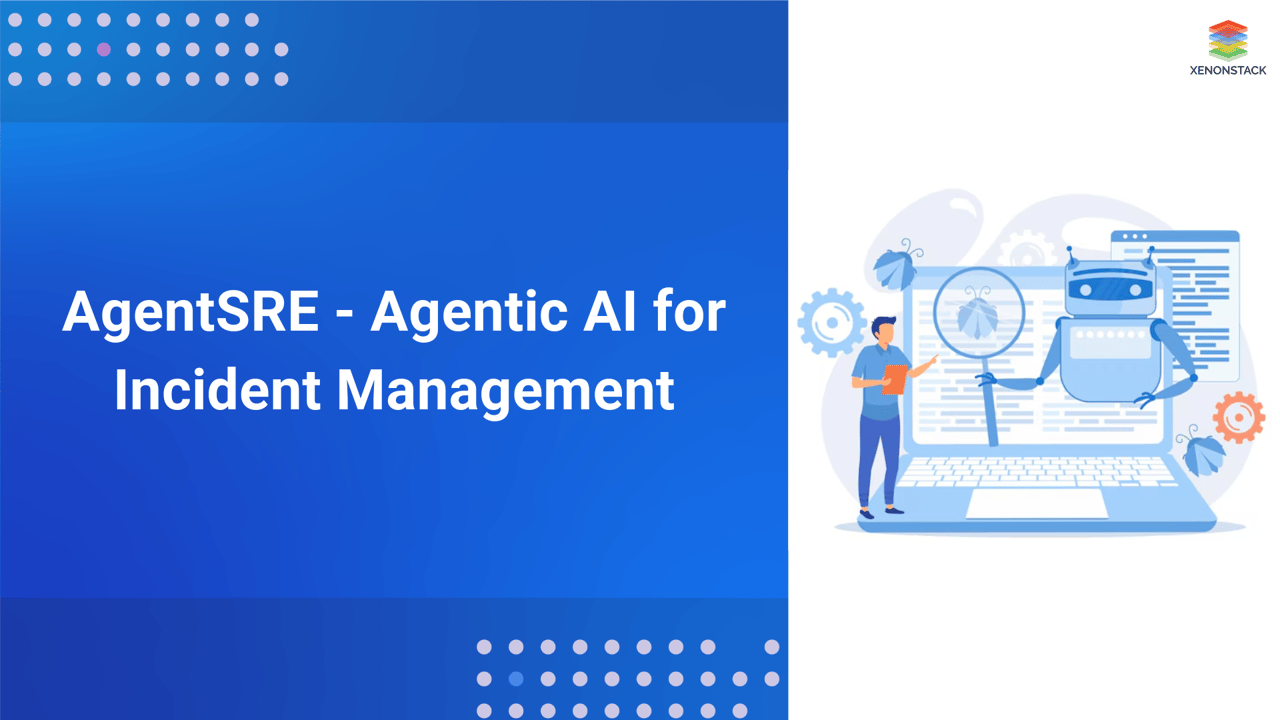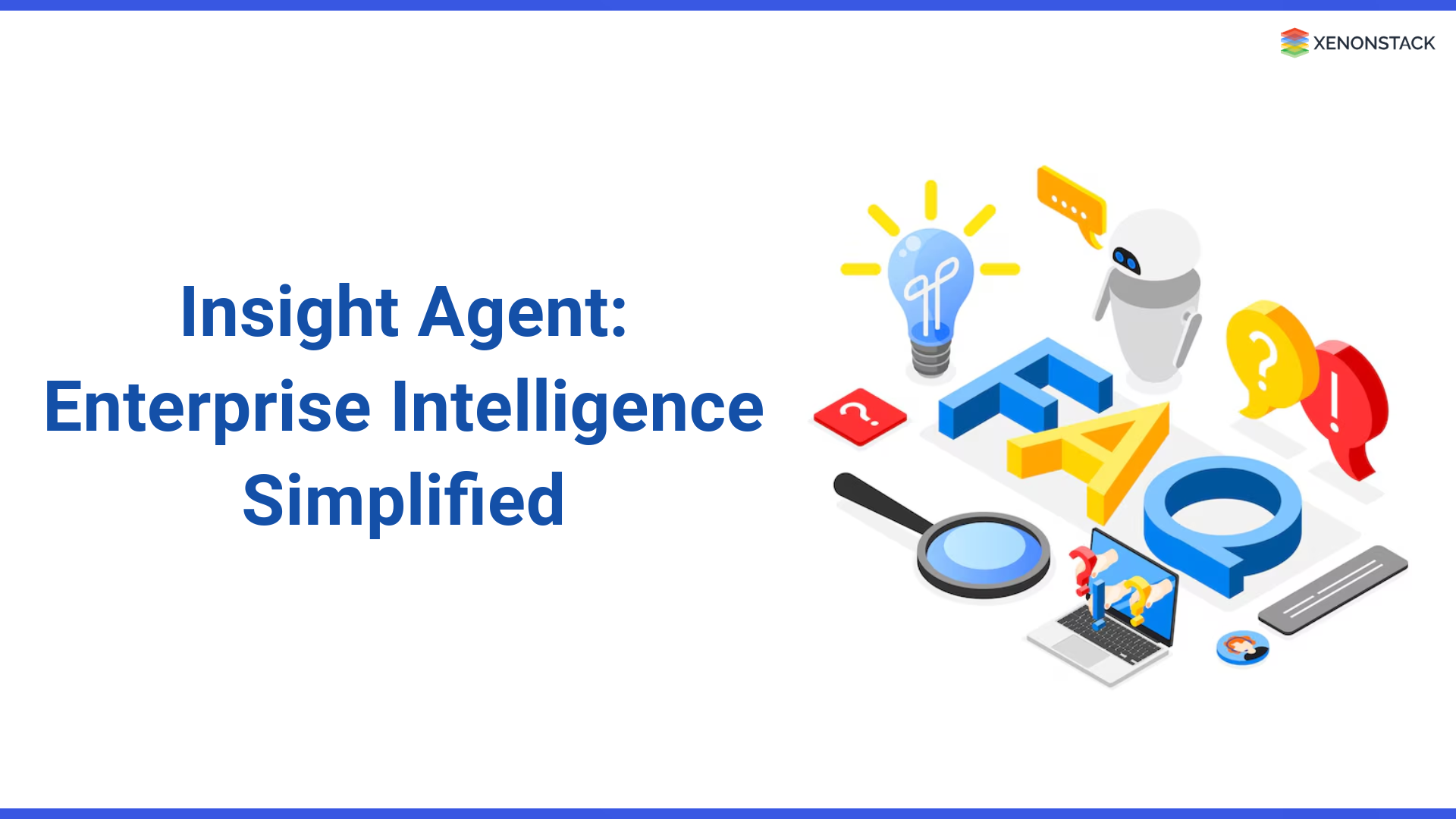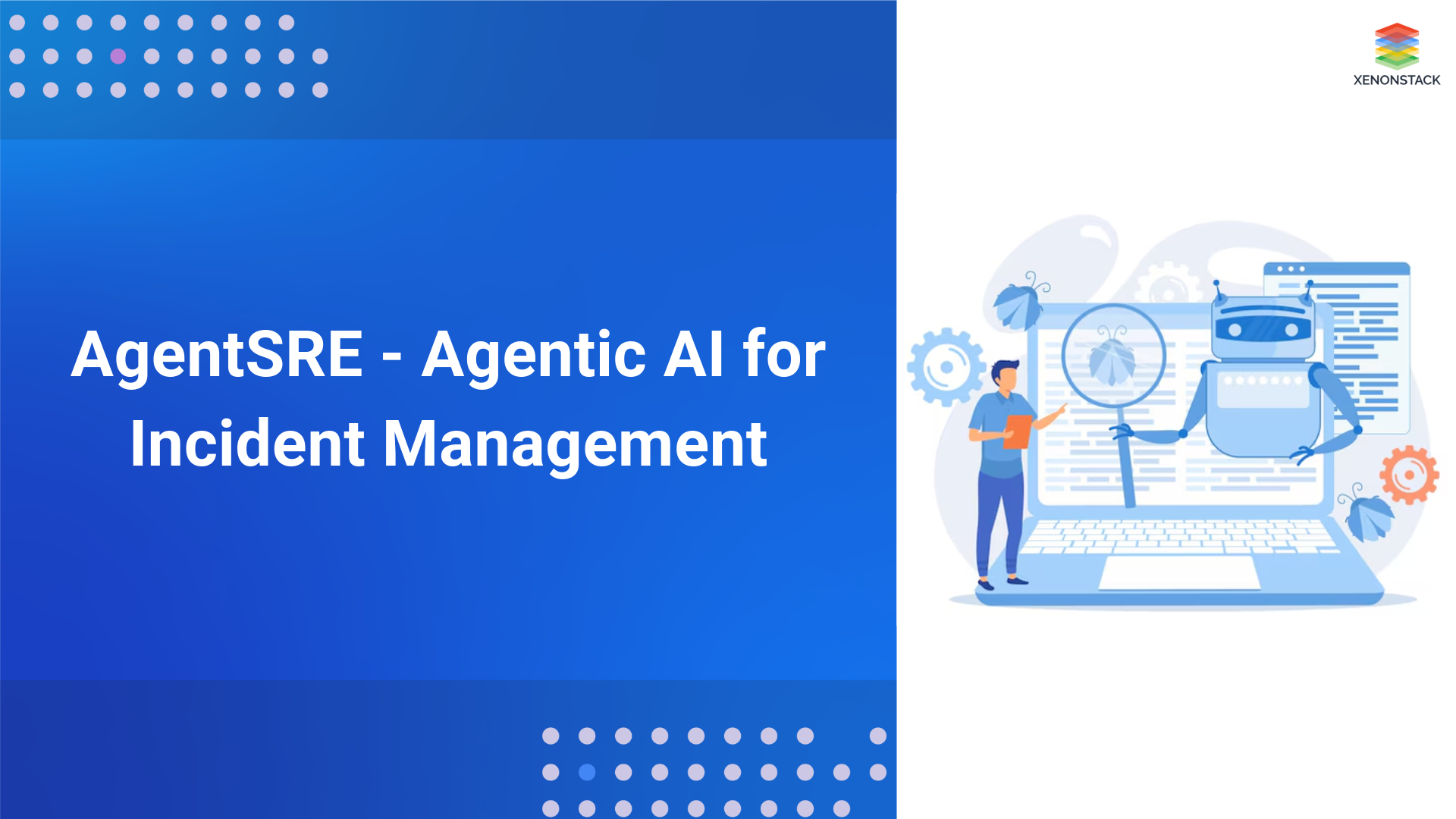
Technical Challenges
- Hybrid Infrastructure Complexity: Legacy monolithic applications alongside modern microservices running on Kubernetes clusters across multiple cloud providers (AWS, Azure, on-premises)
- Database Performance Issues: PostgreSQL and MongoDB databases experiencing performance degradation under load with slow queries identified only after customer impact
- Monitoring Tool Fragmentation: Separate, non-integrated monitoring tools for AWS (CloudWatch), Azure (Azure Monitor), and on-premises systems (Nagios) creating operational silos
- Manual Alert Correlation: No automated correlation between alerts, leading to duplicate tickets, inefficient resource allocation, and delayed root cause identification
- CI/CD Pipeline Gaps: Lack of automated performance regression testing results in 23% of deployments requiring rollbacks
- Security and Compliance Gaps: Inability to meet SOC2 and PCI-DSS requirements for comprehensive audit trails and automated vulnerability management
- Technical Debt Accumulation: Legacy monitoring systems and manual processes create increasing technical debt that hinders innovation and scalability
- Cross-Cloud Management Complexity: Difficulty managing and orchestrating operations across multiple cloud providers with different APIs, tools, and operational models
Partner Solution
Solution Overview
Agent SRE was implemented as a comprehensive AI-powered infrastructure management platform leveraging AWS cloud-native services. The solution deployed a LangGraph-based multi-agent architecture for autonomous monitoring, diagnosis, and remediation across the company's hybrid infrastructure. The implementation included real-time telemetry ingestion from all infrastructure layers, ML-powered anomaly detection, automated root cause analysis, and self-healing capabilities with human oversight controls.
AWS Services Used
-
Amazon Bedrock: Core AI engine powering the LangGraph-based multi-agent system for intelligent incident detection, root cause analysis, and automated decision-making across infrastructure components
-
Amazon Nova: Advanced reasoning capabilities for complex cross-system correlation analysis, predictive incident modeling, and generating comprehensive incident response strategies
-
Amazon Knowledge: Bases for Amazon Bedrock: RAG implementation indexing historical incident data, runbooks, operational procedures, and infrastructure documentation for context-aware incident resolution
-
Amazon Titan Embeddings: Vector embeddings for similarity search across historical incidents, enabling pattern recognition, incident classification, and predictive analytics
-
Amazon EKS: Hosted the Agent SRE platform components with auto-scaling capabilities for handling incident workloads
-
Amazon CloudWatch: Primary telemetry ingestion point collecting metrics, logs, and traces from all monitored infrastructure for real-time incident detection
-
Amazon OpenSearch: Centralized log aggregation, analysis, and search capabilities supporting AI-driven log correlation and anomaly detection
-
AWS Lambda: Executed automated remediation actions, incident escalation workflows, and real-time notification systems
-
Amazon EventBridge: Orchestrated incident response workflows, triggering appropriate agents based on incident type and severity
-
Amazon S3: Stores incident artifacts, ML models, historical data, and audit trails for compliance and continuous learning
-
Amazon RDS (PostgreSQL): Managed database storing incident metadata, agent configurations, and knowledge graph relationships
-
AWS Systems Manager: Automated remediation execution including patch management, configuration changes, and infrastructure modifications
-
AWS Secrets Manager: Securely managed credentials for cross-platform remediation actions and API integrations
-
Amazon VPC: Provided secure networking for Agent SRE components with isolated incident response environments
Architecture Diagram
 Implementation Details
Implementation Details
The Agent SRE implementation followed a comprehensive four-phase approach over 16 cycles using Agile DevOps methodology with two-week sprints and continuous integration practices.
- Phase 1: Foundation & Data Ingestion The AWS foundation was established using Infrastructure-as-Code with AWS CDK, deploying Amazon EKS clusters across multiple availability zones for high availability. Amazon CloudWatch and OpenSearch were configured to ingest telemetry from existing monitoring tools including Nagios, Azure Monitor, and legacy SNMP systems. Data pipelines were built using AWS Lambda and EventBridge to normalize and route metrics, logs, and traces from heterogeneous sources into a unified observability platform.
- Phase 2: AI Core Deployment Amazon Bedrock was deployed with custom LangGraph agents for anomaly detection, root cause analysis, and incident correlation. Amazon Nova models were fine-tuned using historical incident data spanning three years. Knowledge Bases for Amazon Bedrock were populated with 15,000+ runbooks, operational procedures, and infrastructure documentation. Basic automated remediation workflows were implemented for common scenarios like pod restarts, auto-scaling triggers, and service health checks.
- Phase 3: Advanced Intelligence Integration Complex cross-system correlation models were deployed using Titan Embeddings for vector similarity search across incident patterns. Advanced remediation capabilities were integrated with existing CI/CD pipelines, enabling automated rollbacks and canary deployment validations. Integration APIs were developed to interface with existing ticketing systems (ServiceNow), communication platforms (Slack, Microsoft Teams), and escalation tools (PagerDuty).
- Phase 4: Security Hardening & Production Readiness Comprehensive security implementation included AWS IAM roles with least-privilege access, end-to-end encryption using AWS KMS, and integration with existing SIEM systems. SOC2 and PCI-DSS compliance requirements were addressed through automated audit logging and compliance reporting dashboards.
- Security & Compliance Considerations:All data flows are implemented with encryption in transit and at rest. Multi-factor authentication was enforced for all administrative access. Secrets Manager secured API credentials for cross-cloud operations. Regular security assessments were conducted using AWS Security Hub and third-party penetration testing.
-
Testing Strategy: Chaos engineering experiments using AWS Fault Injection Simulator validated Agent SRE responses to various failure scenarios. A/B testing compared AI-driven decisions against human SRE responses across 200+ incident scenarios. Load testing ensured the platform could handle 2.3 million telemetry points per minute with sub-second response times.
Innovation and Best Practices
-
The Agent SRE solution exemplified AWS Well-Architected Framework principles across all five pillars. Operational Excellence was achieved through Infrastructure-as-Code using AWS CDK, enabling reproducible deployments and automated drift detection. Security implementation included zero-trust architecture with AWS IAM Identity Centre, automated vulnerability scanning via Amazon Inspector, and secrets rotation using AWS Secrets Manager.
-
Multi-region deployment enhanced reliability with Amazon Route 53 health checks and automated failover mechanisms. The solution leveraged AWS Graviton3 processors for Performance Efficiency, delivering 40% better price-performance for ML inference workloads. Cost Optimization utilized AWS Compute Optimizer recommendations and automated resource rightsizing based on usage patterns.
-
Innovative Approaches included implementing "Observability 3.0" concepts where traditional reactive monitoring evolved into predictive, actionable intelligence. The solution pioneered autonomous incident resolution using reinforcement learning models that continuously improved remediation strategies based on historical success rates. A unique "Incident DNA" fingerprinting system used Amazon Bedrock to create semantic embeddings of incidents, enabling pattern recognition across seemingly unrelated failure modes.
-
DevOps Excellence was demonstrated through GitOps-based deployment pipelines with AWS CodePipeline and CodeBuild, featuring automated testing, security scanning, and gradual rollouts. Blue-green deployments ensured zero-downtime updates of AI models. The implementation included chaos engineering as a service using AWS Fault Injection Simulator, automatically generating failure scenarios to validate system resilience.
-
Modern Practices encompassed shift-left security with automated compliance checks in CI/CD pipelines, observability-driven development using AWS X-Ray for distributed tracing, and event-driven architecture using Amazon EventBridge for loose coupling. The solution established a feedback loop where production incidents automatically triggered updates to training datasets, ensuring continuous improvement of AI decision-making accuracy.
Results and Benefits
Business Outcomes and Success Metrics
The company achieved transformational business outcomes within six months of Agent SRE deployment, delivering measurable impact across all key performance indicators.
-
Cost Savings & Operational Efficiency Direct cost savings totaled $1.8M annually through dramatic reduction in downtime incidents. Mean Time to Resolution (MTTR) plummeted from 4.2 hours to 38 minutes—an 85% improvement—eliminating $150K per hour in revenue loss during peak shopping periods. Infrastructure costs decreased by 23% ($890K annually) through intelligent resource optimization and predictive scaling, while SRE team productivity increased 3.2x as alert fatigue reduced by 92%, allowing engineers to focus on strategic initiatives rather than firefighting.
-
Revenue Growth & Competitive Advantage During Black Friday 2024, the platform maintained 99.97% uptime compared to 99.2% the previous year, directly generating $12M in additional revenue from improved customer experience. Customer satisfaction scores increased 18% due to faster page loads and reduced service interruptions. The company gained a significant competitive advantage through 78% prevention of potential incidents before customer impact, establishing market leadership in reliability among e-commerce platforms.
-
Time-to-Market & Innovation Acceleration Application deployment success rate improved to 99.2% with automated canary deployment validation, reducing rollback incidents by 77% and accelerating feature delivery cycles by 40%. Development teams gained 15 hours per week previously spent on production issue resolution, enabling faster product innovation and market responsiveness.
-
Return on Investment: The Total implementation investment of $2.1M achieved complete ROI in 8 months, with ongoing annual benefits projected at $ 2.4 M. The solution prevented an estimated $4.2M in potential downtime costs during the first year through predictive analytics and autonomous remediation. Security posture improvements reduced critical CVE exposure time from 72 hours to under 4 hours, preventing potential breach costs estimated at $3.8M annually.
Technical Benefits
Performance improvements were substantial across all infrastructure layers. Database query performance increased by 45% through automated index optimization and intelligent query tuning, while application response times improved by 38% during peak traffic periods. The platform now processes 2.3 million telemetry points per minute with sub-second anomaly detection latency, compared to the previous 15-minute detection intervals.
-
Scalability & Reliability Enhancements: Auto-scaling efficiency improved by 60% through predictive analytics, reducing over-provisioning costs while maintaining performance SLAs. System availability increased from 99.2% to 99.97% during critical business periods, with zero unplanned downtime incidents in the last six months. Infrastructure can now handle 10x traffic spikes autonomously without manual intervention.
-
Security Posture Strengthening: Through automated patch management and security scanning, critical vulnerability exposure time decreased from 72 hours to under 4 hours. Security incident response time improved by 75%, with 94% of vulnerabilities now remediated automatically. Continuous monitoring and automated reporting reduced Compliance audit preparation time from 3 weeks to 2 days.
-
Technical Debt & Development Velocity: Legacy monitoring system complexity reduced by 68% through unified observability platform consolidation. Development velocity increased 40% as deployment-related incidents dropped by 77%, allowing teams to focus on feature development. Code deployment frequency increased from weekly to daily releases with a 99.2% success rate, while rollback requirements decreased by 82%. Infrastructure provisioning time reduced from hours to minutes through automated Infrastructure-as-Code deployment pipelines.
Lessons Learned
Challenges Overcome
-
Initial integration challenges arose from the company's complex hybrid cloud architecture and diverse monitoring tool ecosystem.
-
Agent SRE's ML models required extensive training data calibration to reduce false positives from 23% to under 2%.
-
Cross-cloud credential management and API rate limiting required custom solutions to ensure reliable automated remediation.
-
Change management was critical as SRE teams initially resisted trusting AI-driven decisions for production changes.
Best Practices Identified
-
Successful implementation required gradual trust-building through an extensive observability mode before enabling automated actions.
-
Establishing clear escalation paths and human override capabilities was essential for team confidence.
-
Regular model retraining with feedback loops significantly improved Agent SRE's accuracy.
-
Comprehensive documentation and runbook integration helped teams understand and trust AI-driven recommendations.
Future Plans
Phase 2 expansion includes extending Agent SRE to the company's mobile application infrastructure and integrating AWS Bedrock for enhanced natural language incident reporting. Plans include implementing predictive capacity planning using Amazon Forecast and expanding to additional cloud regions for global optimization. The company is also exploring Agent SRE's application to their data science infrastructure and customer analytics platforms, with projected additional benefits of $1.2M annually.
.webp?width=1921&height=622&name=usecase-banner%20(1).webp)




